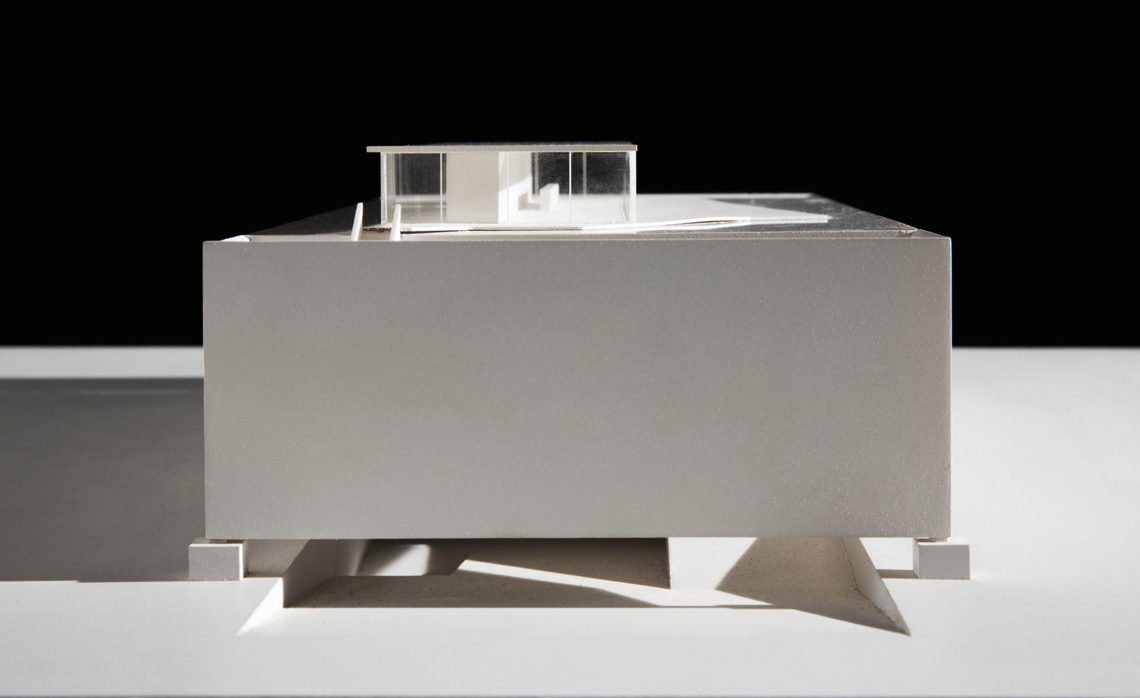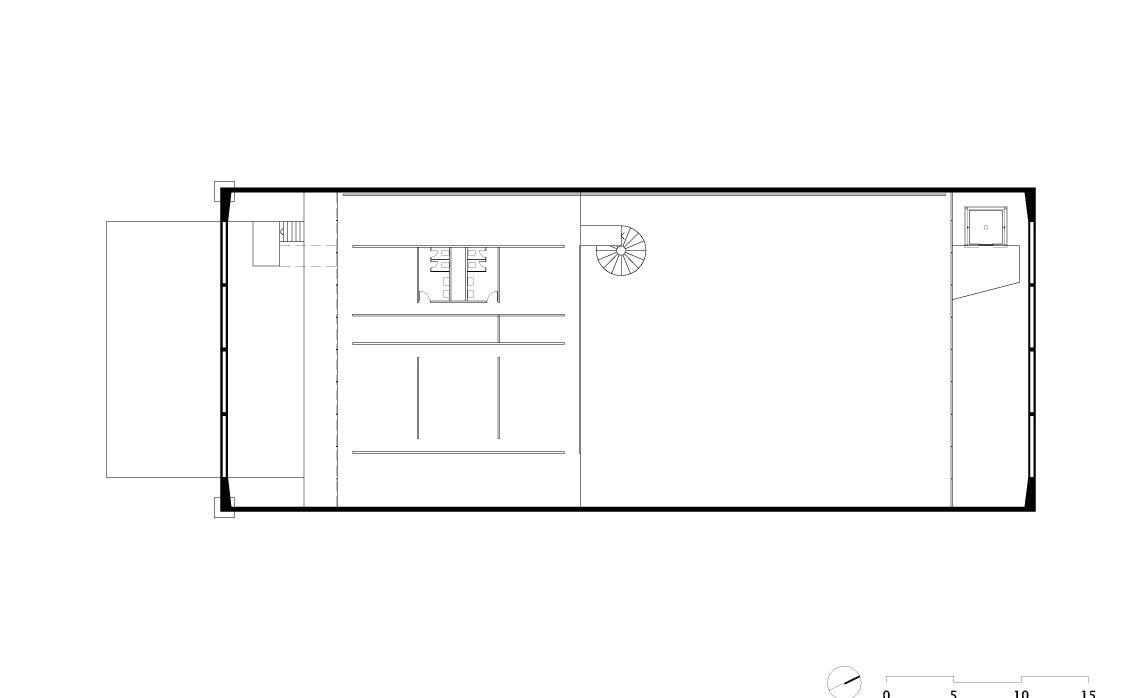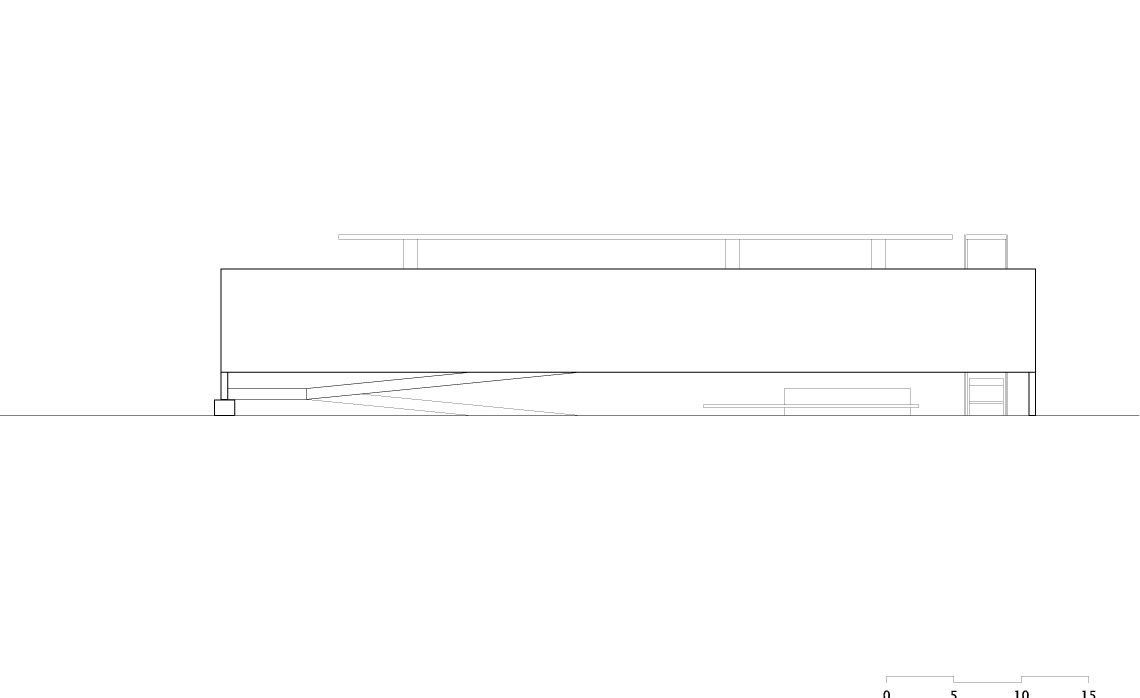Brasil Pavilion at Expo 92
Alvaro Puntoni
José Oswaldo Vilela
Vespaziano Puntoni
Edgar Dente
Fernanda Barbara
Clovis Cunha
Pedro Puntoni
STRUCTURE
França & Ungaretti
PHYSICAL MODEL
Francisco Triviño
PHOTOS
Nelson Kon
The project for the Pavilion at the Seville Exposition will represent Brazil in the Iberian Peninsula, where the seafaring industry began in the four hundreds. This is an opportunity to reflect on the past and the new perspectives for humanity: the new discoveries. Our existence as a culture and nation is anchored in these events that took place at the dawn of modernity. However, our heritages, be they European, African, Asian or native, cannot, by themselves, explain the richness and character of our national culture, the result of a creative synthesis, where the contribution of a new man made itself clear. Affirming this original contribution seems to us to be the scope of this project.
Our pavilion must have Brazilian culture as its necessary orientation. The plastic forms, the technical solutions, the constructive alternatives must express what is original in Brazilian architecture. The option should be for an architecture that was developed based on a Brazilian vision, a project for the country. The search for clear forms, firm and resolute strokes, the construction of spaces of broad collective use, are its characteristics, supported by the "idea that man can intervene arbitrarily, and successfully, in the course of things and that history not only happens, but can be directed and even fabricated". Sergio Buarque, in fact, showed us how the Spanish impulse to colonize the new worlds, which demanded the construction of cities, of spaces for domination and also for creation, started. The Portuguese, then left to their own devices, were differentiated by the carelessness with which they built their cities. What summarizes the creative will of our culture is precisely the abandonment of this anathema.
The design of the pavilion sought to ensure a low scale that would bring the building closer to the ground and to the visitor. A large inclined plane, starting at Avenida Três, allows us to cross the beam and reach the sub-floor - where we adopted part of the program such as the auditorium, storerooms and machines - which will be used as a parking lot from 1993 on.
The pavilion should be open - an invitation to discovery, to collective use - and at the same time closed. The first floor of the building blends in with the Seville floor, which enters freely into the ramps, giving access to the inclined plane that leads to the auditorium and, above it, to the exhibition hall and the Itamaraty annex. On the roof, a terrace surrounded by a water mirror provides comfort to the restaurant users and a view of the city. Its design takes into account that it will be observed by those passing through the monorail cable car.
The structure is based in two large prestressed beams that seek support in two walls - one, next to the Pavilion of Portugal, comes from the basement and the other, on the inclined plane is supported on two large blocks at its ends. The ribbed slabs and ramps will be reinforced. Light enters through the side walls, giving them an apparent lightness, and also through the free access to the first floor. The pavilion seems to float on the ground, supported only by three points.
We believe that the construction of the structure, and therefore of the Pavilion, allied to local technology, should be of quick execution.
We lead this project to Seville.





















